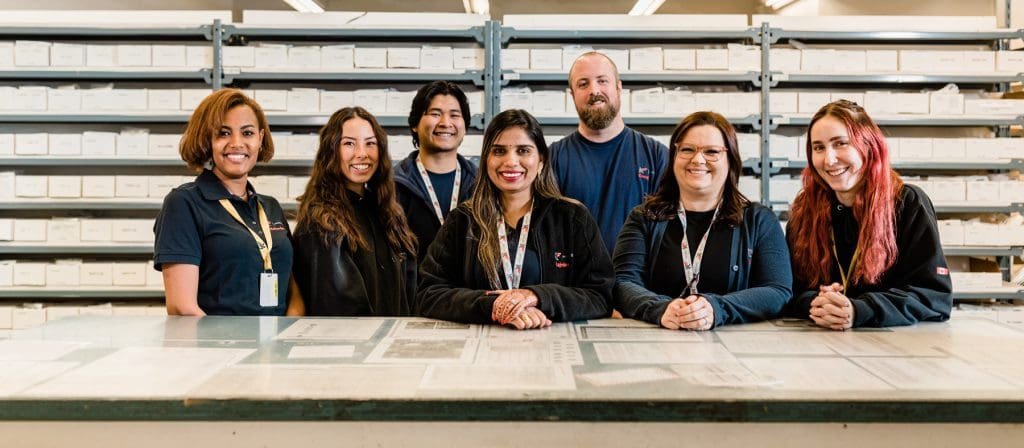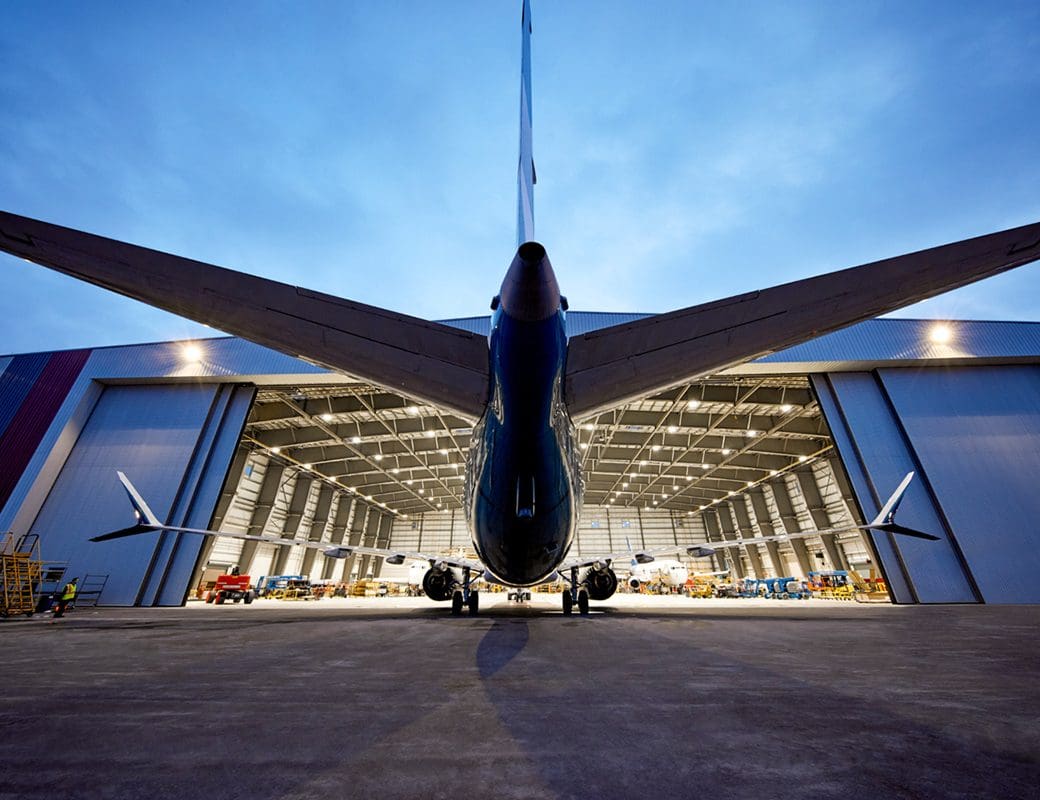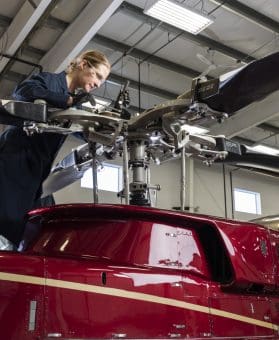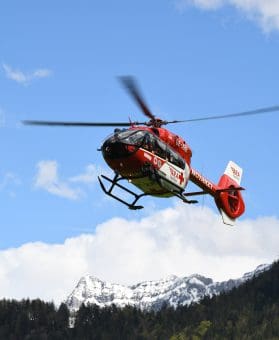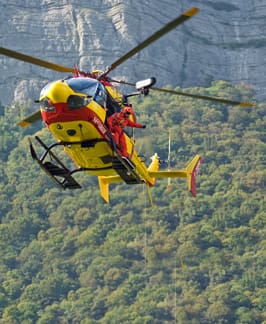In 1970, Barry Lapointe – an aviation enthusiast since childhood and an aircraft maintenance engineer by trade – launched a small aircraft repair business, originally known as Kelowna Flightcraft. The company started as a one-man show; however, Lapointe’s entrepreneurial spirit allowed him to push limits and take chances, leading to the iteration of the company known today as KF Aerospace.
As Canada’s largest commercial maintenance, repair, and overhaul (MRO) company, KF Aerospace services major airlines and aircraft manufacturers, corporate fleets, and military aircraft. In addition to its MRO business, the company also offers a broad range of aerospace engineering services, cargo operations, charter services, and aircraft leasing. Since 2005, the company has also led a group of partner contractors to provide pilot training and in-service support for the Royal Canadian Air Force (RCAF).
“Over the decades, KF Aerospace has evolved to encompass so many facets of aviation,” says KF’s Engagement, Communications and Marketing Lead, Matt Stone.
The company works closely with the University of British Columbia Okanagan (UBCO) and Okanagan College in Kelowna on aviation-related education and skills training programs, as well as with the Centre for Aviation Technology at Mohawk College in Hamilton, Ontario.
“UBCO has an aerospace engineering stream now, so we’re really excited about that”, states Stone. “We have worked with Okanagan College for years, with students working out of class space located in our Kelowna facilities, so collaborating with UBCO further solidifies Okanagan as an aerospace region.”
“Relationships with these and other local organizations, like the Central Okanagan Economic Development Commission, YLW, and the City of Kelowna, are beneficial for the company”, says Stone.
“It is critical to continue to work together to create jobs and nurture economic opportunities”, he adds. “I think the Okanagan can lead BC to emerge as a real leader in aerospace excellence at a national and international level, if we can expand on the successful collaboration we’ve seen here regionally.”
Today, KF Aerospace employs around 1,200 people between its head office and MRO maintenance facility in Kelowna, its facility in Ontario, and its military flight training program in Manitoba, and smaller operations in Vancouver, Calgary and Ottawa to support other various programs and business initiatives.
In response to labour shortages faced by businesses nationwide, KF Aerospace has sought innovative solutions to support and retain its team members. In 2023, for example, KF Aerospace collaborated as a funding partner alongside the Government of BC, the City of Kelowna, Kelowna International Airport (YLW), and the YMCA to build and open a childcare centre at the airport, which provides dedicated early childcare spots for KF Aerospace employees and members of the community.
The business has recently expanded to Ottawa thanks to a landmark contract to jointly manage the RCAF’s Future Aircrew Training (FAcT) Program.
This Government of Canada contract, set to last for 25 years with a value of $11.2 billion, was awarded to SkyAlyne, a joint partnership between KF Aerospace and Canadian company CAE (originally known as Canadian Aviation Electronics Ltd.), a global leader in civil aviation and defence and security.
“Through SkyAlyne, we will be training all future RCAF pilots, navigators and sensor operators for the next two decades”, says Stone. “This is an opportunity to build on the 20 years of expertise and experience we’ve acquired managing the current pilot training program in Manitoba, and it positions our company to expand its defence support business.”
The company’s defence work will also include handling maintenance for the Canadian Multi-Mission Aircraft (CMMA) project. This project will see the Government of Canada acquire 16 P-8A aircraft from Boeing to upgrade the military’s capabilities in several defence areas.
Thanks to KF Aerospace’s longstanding relationship with Boeing and commitment to its customers, the company was recognized as one of Boeing’s top-performing suppliers in the Safety and Quality category at the 2023 Supplier of the Year event.
Through KF Aerospace’s collaborative, long-term business relationships and with so many exciting developments in the works, aerospace will undoubtedly remain a key economic sector in the Central Okanagan for the foreseeable future.
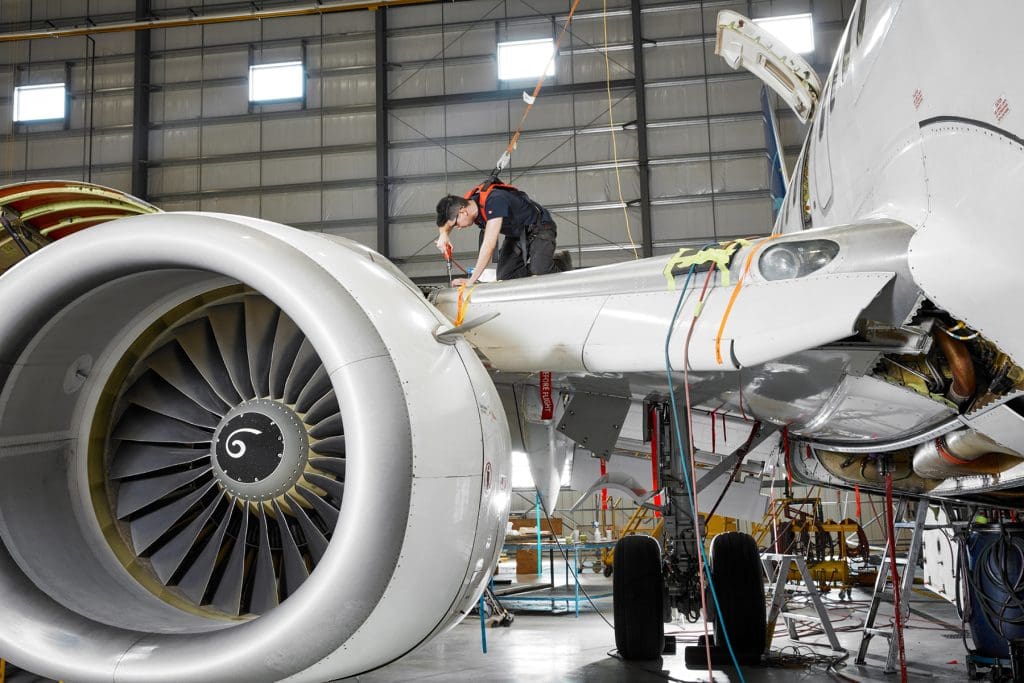
“Today, our company’s capabilities are so unique in the industry. We can do just about anything in aerospace. Our team’s comprehensive and complete aerospace expertise is unmatched in Canada.”
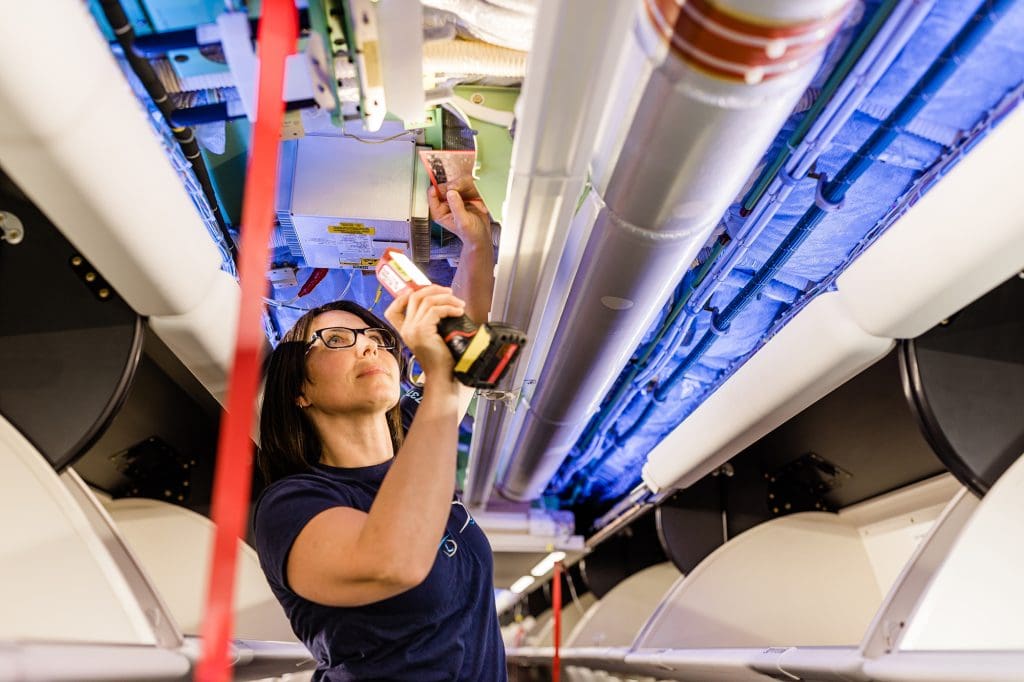
“We continue to expand and have great demand for our services, so we want to raise awareness of the career opportunities”, states Stone. “It’s a pretty great time to consider an aviation career.”
